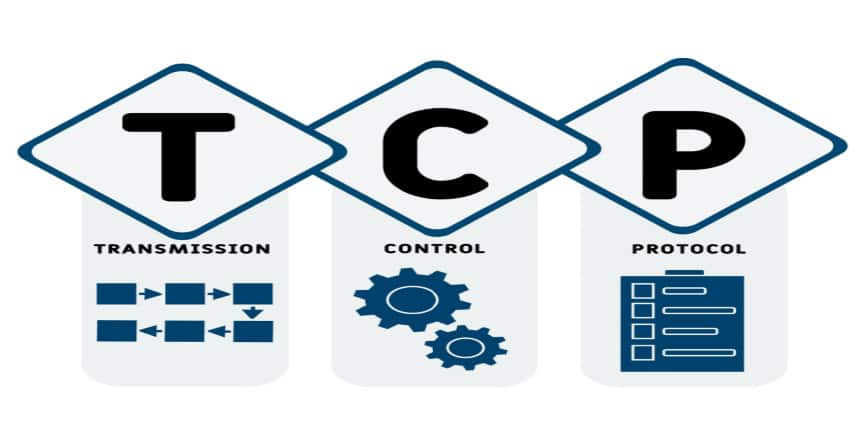TCP Full Form
What is the full form of TCP?
The full form of TCP is Transmission Control Protocol. TCP is commonly referred to be the Internet Protocol Suite as a whole; it is one of its essential protocols. The rules and procedures that govern online computer communication are known as a protocol. It was founded in 1978 by Bob Kahn and Vint Cerf. TCP is a widely used protocol for information transmission over networks. It is the group of internet-based communication protocols that connect network devices or that are employed to connect network systems. It decides how the information will be shared across the internet through end-to-end interactions, including how information should be organized into information bundles, addressed, received, and transferred to the target. The communication protocol might also be used to connect private network components like extranets and intranets.
- What is the full form of TCP?
- How does TCP operate?
- Layers of the TCP model

How does TCP operate?
Applications can create channels of communication over a network thanks to TCP. A message/content may also be divided into several packets before being transferred across a network, and these packets may subsequently be properly ordered at the destination network. As a result, it guarantees the accurate transmission of information via the network. Additionally, it checks for packet defects and requests retransmission if any are discovered.
Layers of the TCP model
TCP, a common layered protocol suite made up of a number of rules and procedures, is separated into four levels based on how it functions. There is a specific protocol for each layer.
1. Application layer
The application layer contains all the protocols needed to communicate with the end users directly. Key protocols of application layers are:
Hypertext Transfer Protocol (HTTP)
File Transfer Protocol (FTP)
Simple Mail Transfer Protocol (SMTP)
Dynamic Host Configuration Protocol (DHCP)
2. Transport layer
The relevant message or piece of information will be sent in the proper order thanks to the transport layer. The essential protocols used by the transport layer include:
UDP (User Datagram Protocol)
TCP (Transmission Control Protocol)
3. Network access layer
It offers tools for building and managing data packets.
4. Internet layer
It uses IP (Internet Protocol) routing and addressing to carry out its two main operations. It describes how to send the packet to its intended location.

